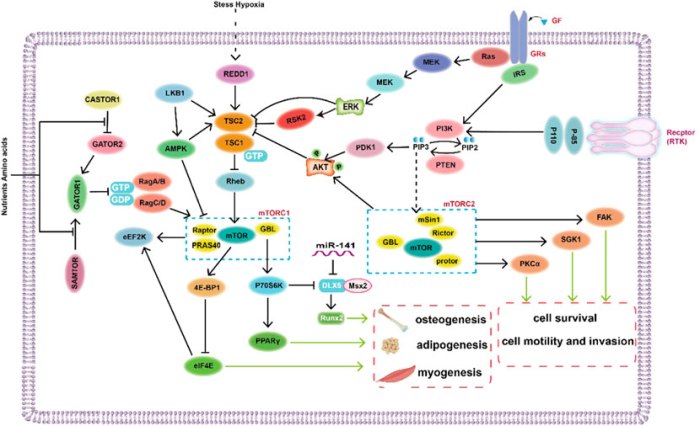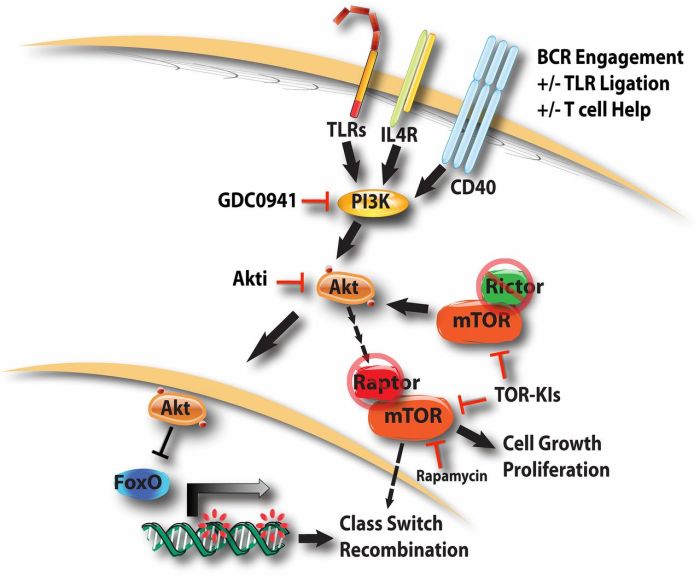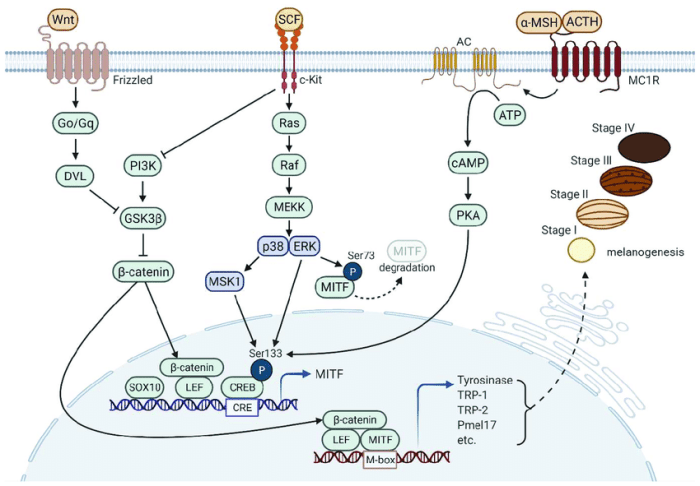The biochemistry and cell signaling pathway of MC1R, a fascinating topic in molecular biology, offers a captivating journey into the intricate world of cellular communication. MC1R, a G protein-coupled receptor, plays a pivotal role in regulating skin pigmentation and other physiological processes, making it an important target for understanding skin disorders and developing potential therapeutic interventions.
This comprehensive exploration delves into the molecular structure and function of MC1R, unraveling the mechanisms underlying its activation and the subsequent signaling cascades it initiates. We will also examine the role of MC1R in melanogenesis, its interactions with other signaling pathways, and the clinical significance of MC1R variants in skin cancer.
Join us as we uncover the intricacies of MC1R signaling, its implications for human health, and the exciting avenues for future research.
Biochemistry of MC1R: The Biochemistry And Cell Signaling Pathway Of Mc1r

The melanocortin-1 receptor (MC1R) is a G protein-coupled receptor (GPCR) that plays a crucial role in regulating skin pigmentation and energy homeostasis. It is expressed in melanocytes, the cells responsible for producing melanin, the pigment that gives skin its color.
MC1R has a seven-transmembrane domain structure typical of GPCRs. Upon binding of its ligand, α-melanocyte-stimulating hormone (α-MSH), MC1R undergoes a conformational change that activates the heterotrimeric G protein Gs. This leads to increased levels of cyclic adenosine monophosphate (cAMP), which in turn activates protein kinase A (PKA) and other downstream signaling pathways.
Cell Signaling Pathway of MC1R, The biochemistry and cell signaling pathway of mc1r
MC1R activation triggers a complex signaling cascade that ultimately leads to increased melanin production. The primary effector of MC1R signaling is the transcription factor microphthalmia-associated transcription factor (MITF). MITF regulates the expression of tyrosinase, the enzyme responsible for melanin synthesis.
Additionally, MC1R signaling can activate other transcription factors, such as CREB and AP-1, which further enhance MITF expression and promote melanogenesis.
MC1R signaling also interacts with other signaling pathways, including the MAPK and PI3K pathways. These interactions modulate the activity of MITF and other downstream effectors, fine-tuning the melanogenic response.
Regulation of MC1R Signaling
MC1R signaling is tightly regulated to ensure appropriate pigmentation and energy balance. One key mechanism of regulation is desensitization, where prolonged exposure to α-MSH leads to a decrease in MC1R responsiveness. This is mediated by β-arrestin proteins, which bind to activated MC1R and uncouple it from Gs.
Additionally, MC1R activity is modulated by post-translational modifications, such as phosphorylation and ubiquitination. These modifications can alter MC1R trafficking, stability, and signaling capabilities.
Clinical Significance of MC1R
MC1R variants have been linked to skin cancer, particularly melanoma. Certain MC1R variants result in reduced signaling, leading to decreased melanin production and increased susceptibility to UV radiation-induced damage.
Targeting MC1R signaling holds therapeutic potential for skin disorders. Agonists of MC1R have been shown to increase melanin production and protect against UV radiation, while antagonists may be useful in treating hyperpigmentation disorders.
Questions Often Asked
What is the primary function of MC1R?
MC1R is primarily responsible for regulating skin pigmentation by controlling the production of melanin.
How does MC1R activation initiate signaling cascades?
Upon activation, MC1R triggers the activation of G proteins, leading to downstream signaling pathways involving cAMP, PKA, and CREB.
What is the clinical significance of MC1R variants?
MC1R variants have been associated with an increased risk of skin cancer, particularly melanoma.


